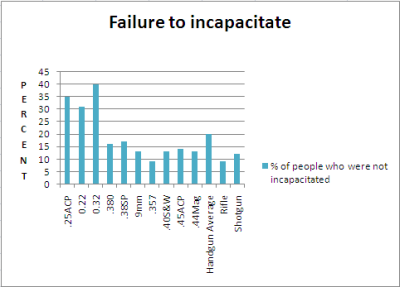Rmagnum1183
New member
guys with the killing.. Self defense means stopping a Foe from inflicting bodily damage on you. You dont have to Kill to stop a Foe to stop a threat.
Killing is irrelevant, aslong as your Foe retreats and your no longer in danger.
All this .25 bouncing of paper plates and its not a good ammo.
Quote me on this I guarantee you not a single person here would put on a bullet proof vest and still volunteer to get shot by a .25 acp, and if you say you will prove it video and put on youtube,
look at this idiots
https://www.youtube.com/watch?v=6tGZq1GT1bw
Killing is irrelevant, aslong as your Foe retreats and your no longer in danger.
All this .25 bouncing of paper plates and its not a good ammo.
Quote me on this I guarantee you not a single person here would put on a bullet proof vest and still volunteer to get shot by a .25 acp, and if you say you will prove it video and put on youtube,
look at this idiots
https://www.youtube.com/watch?v=6tGZq1GT1bw

